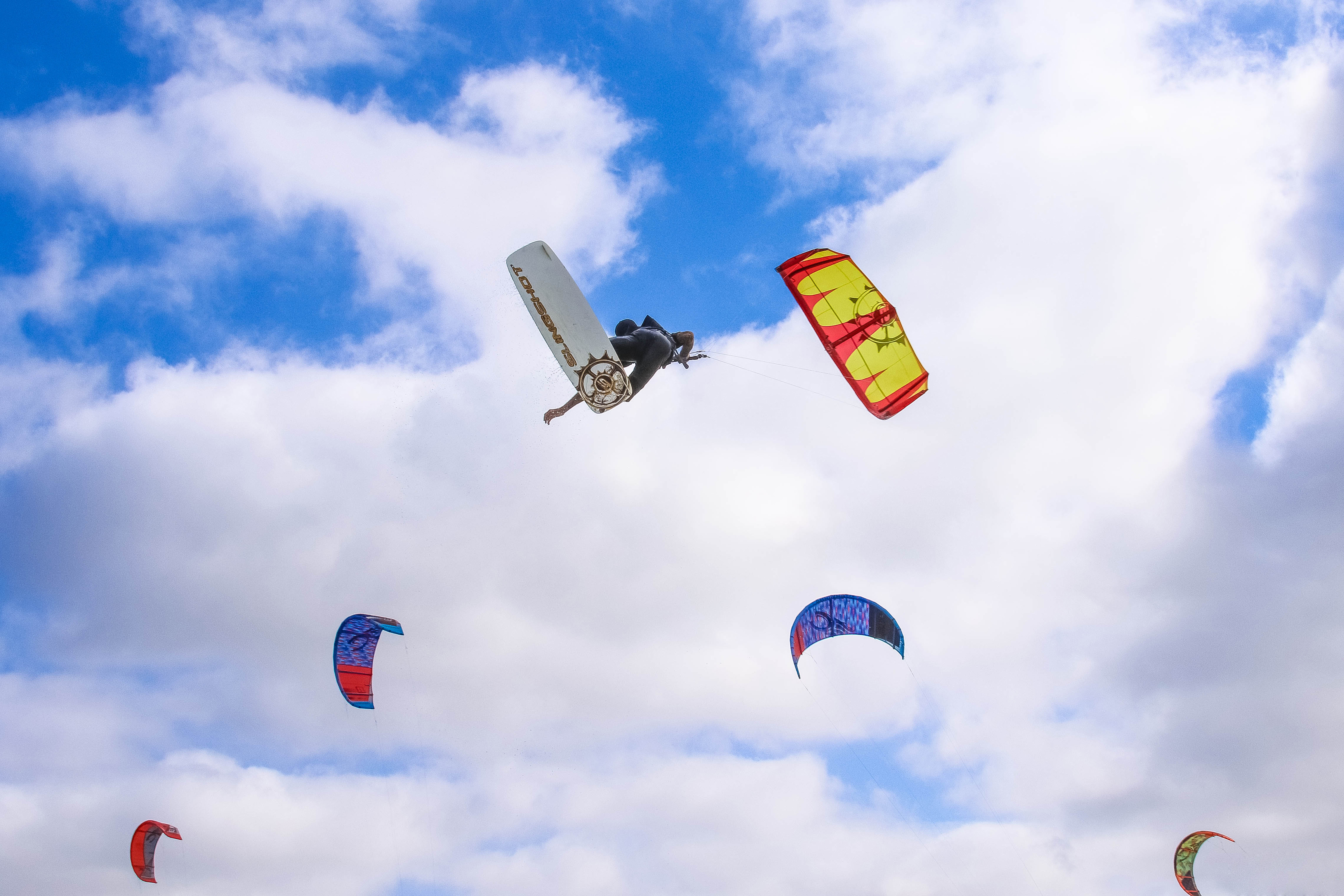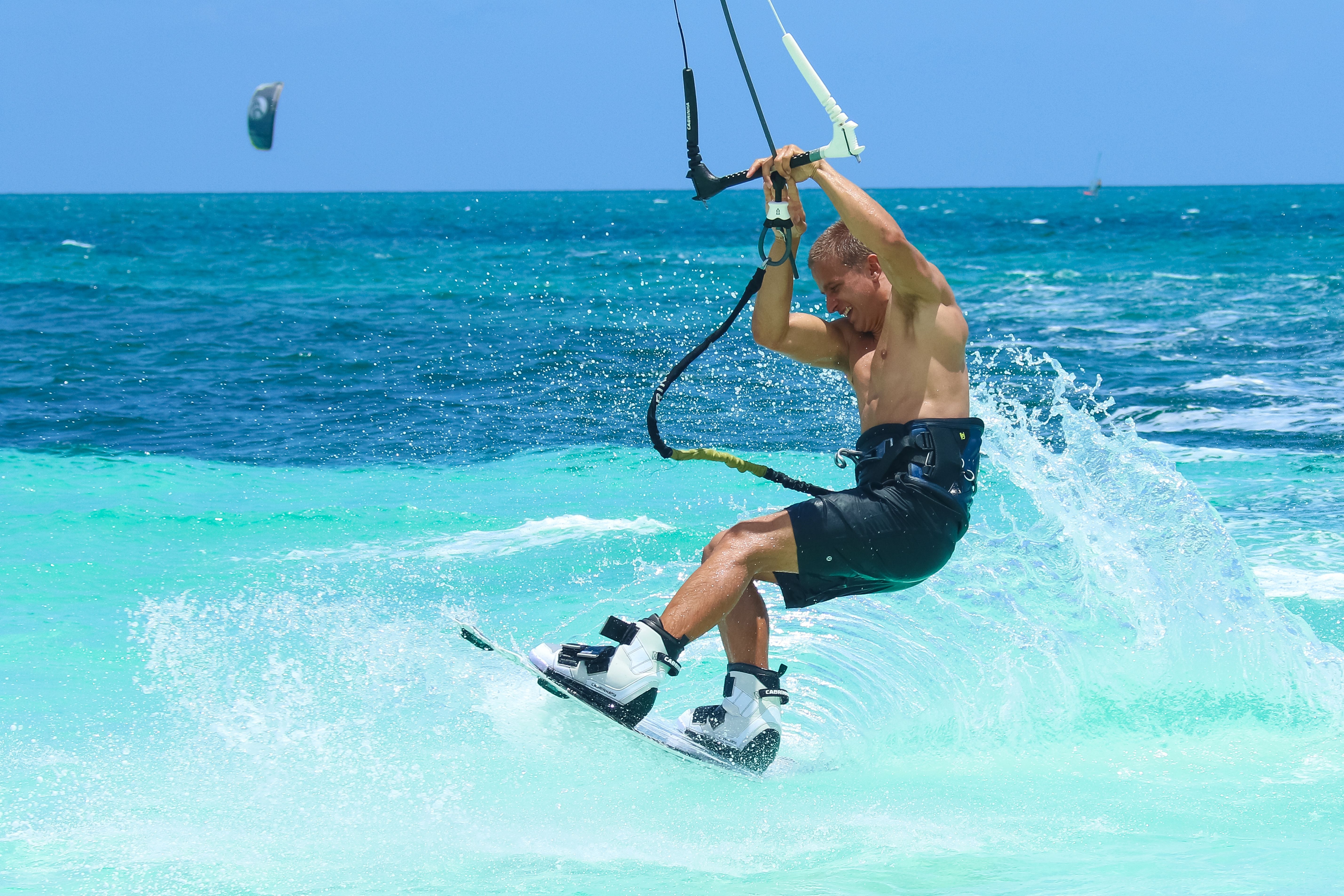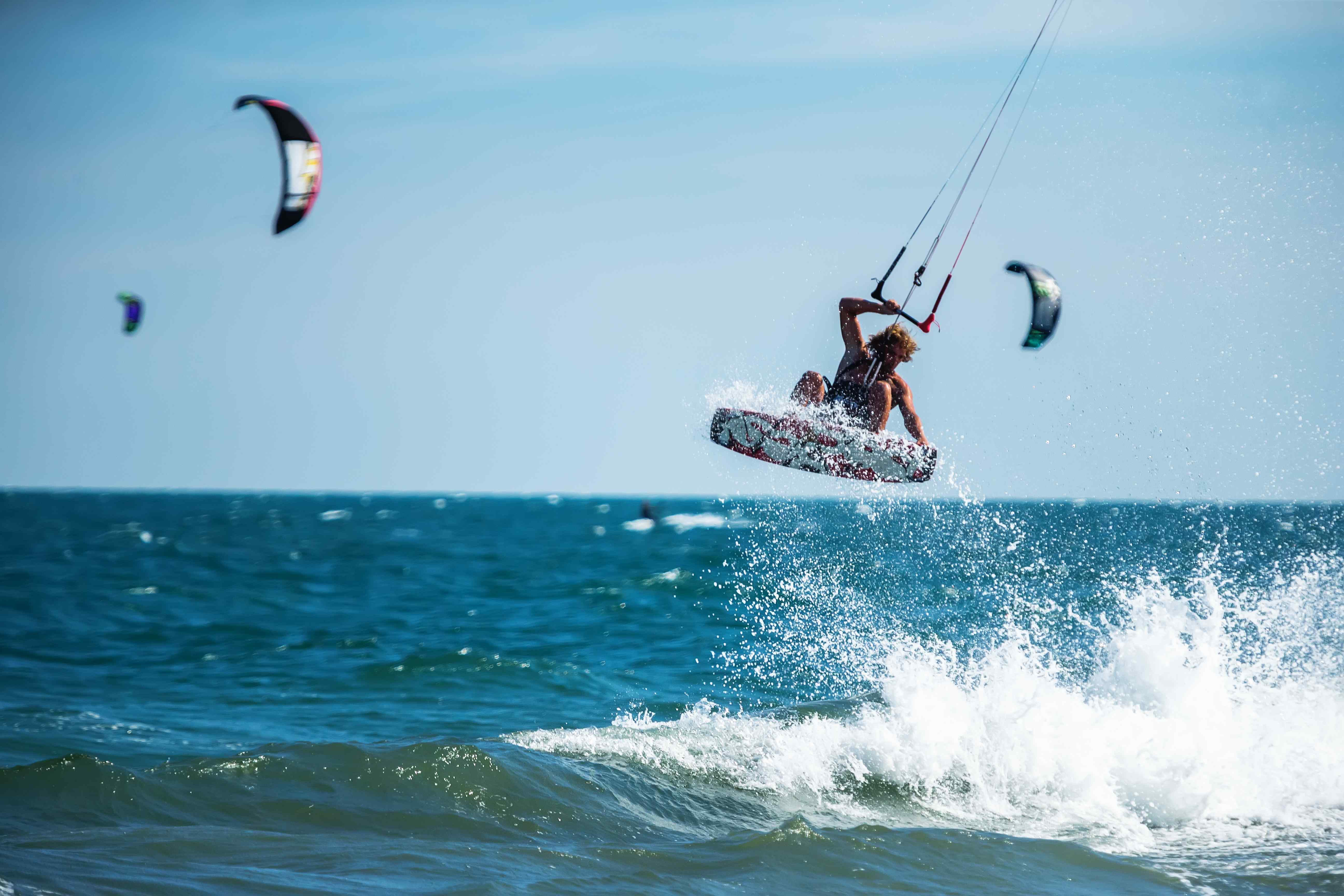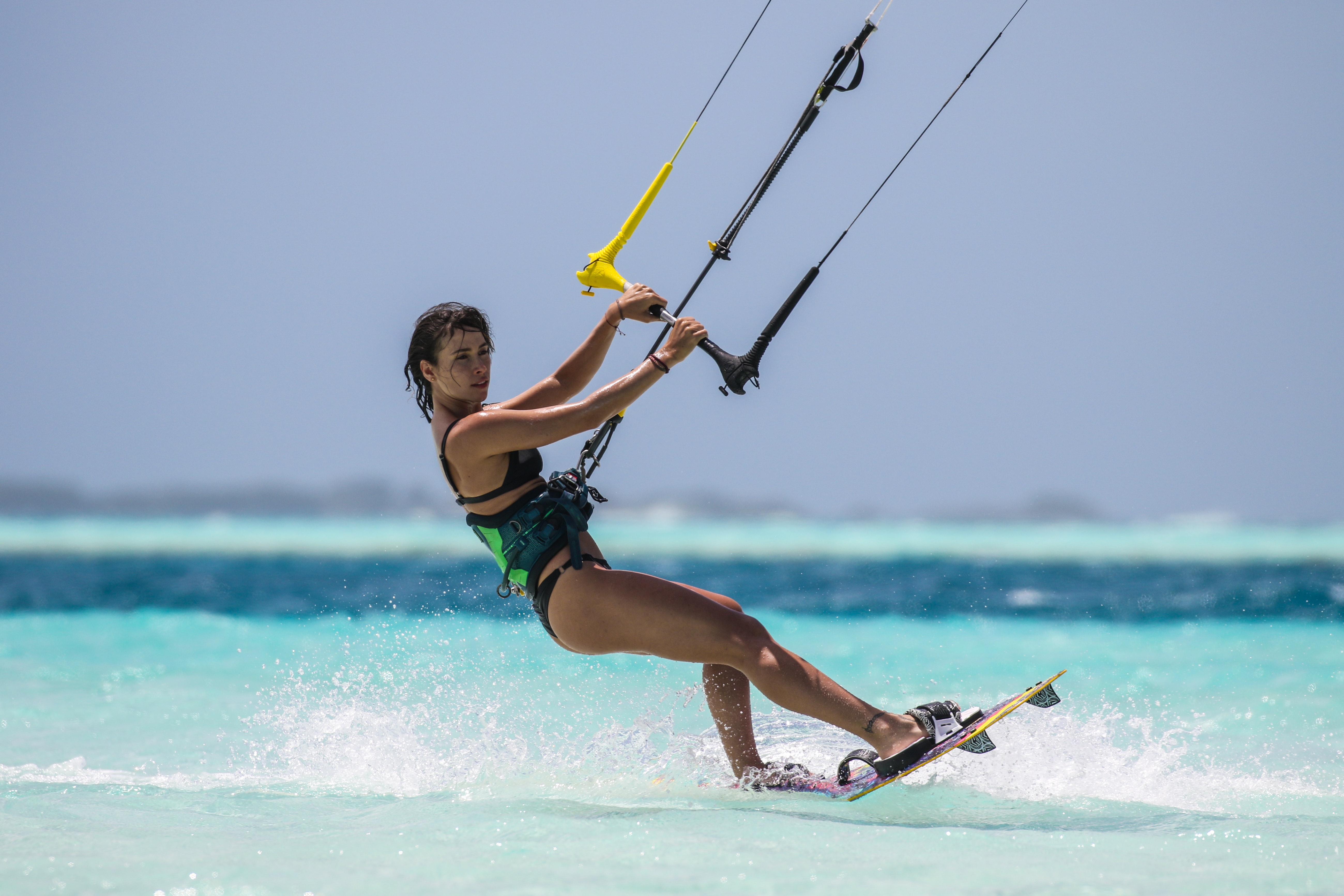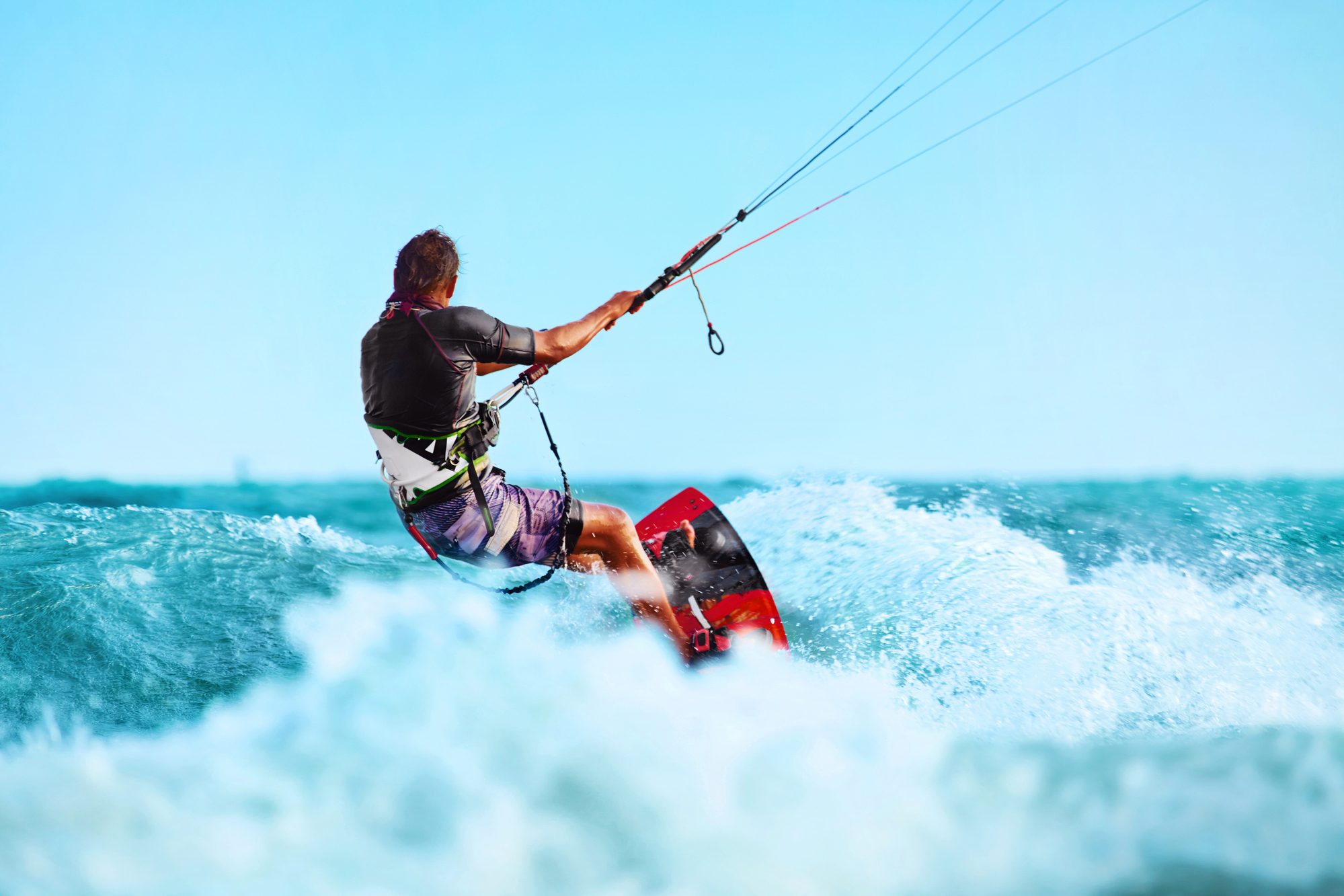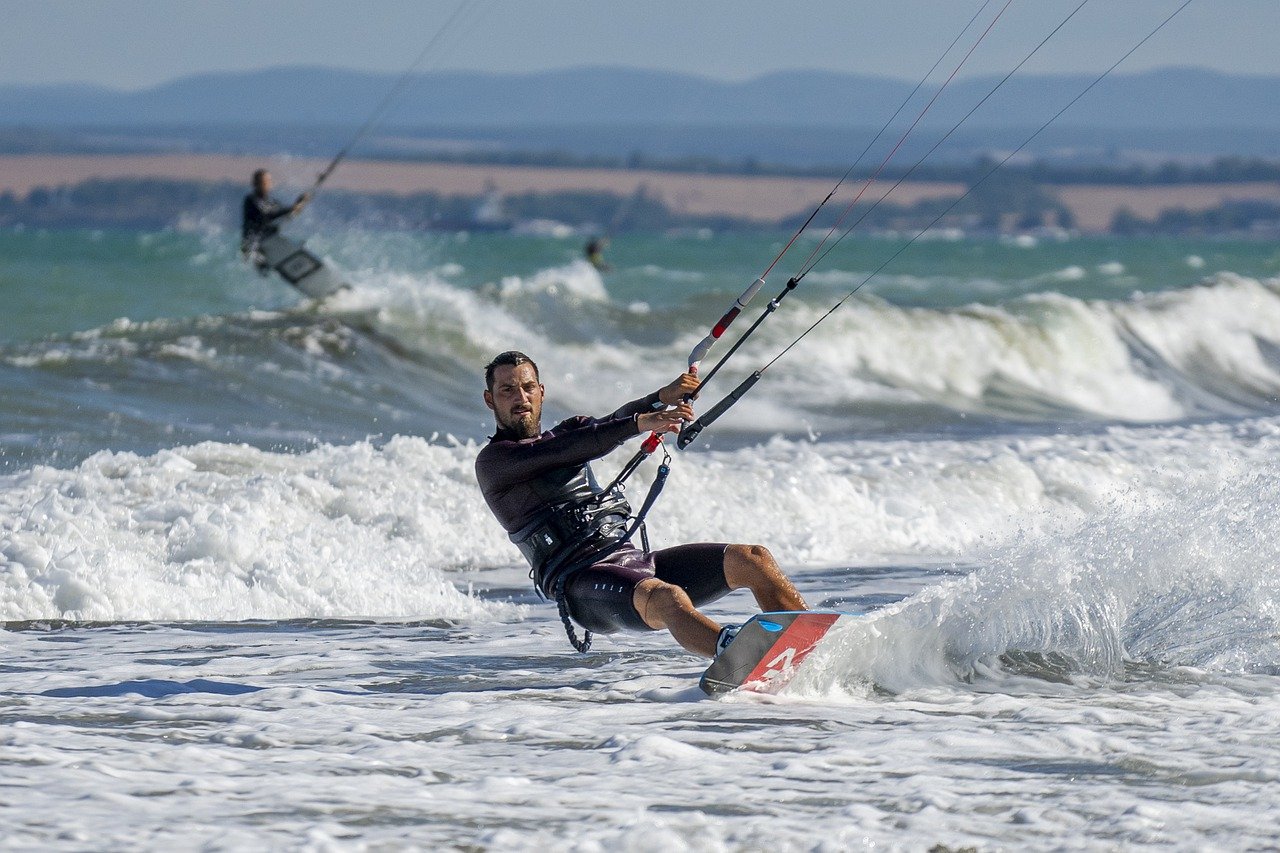When you start out in kiteboarding, it can be tricky to determine what size kite you should be using. After all, if you get a kite that's too small, you will not have enough power to stay up in the air. But if you get a kite that's too big, it could send you flying over the water!
With all the different sizes and brands on the market, it can be tough to know which one is right for you.
Let's take a look at some of the factors you should consider when choosing a kite size for kiteboarding, so you can learn how to pick the right one for your needs.
What are the Most Common Kite Sizes?
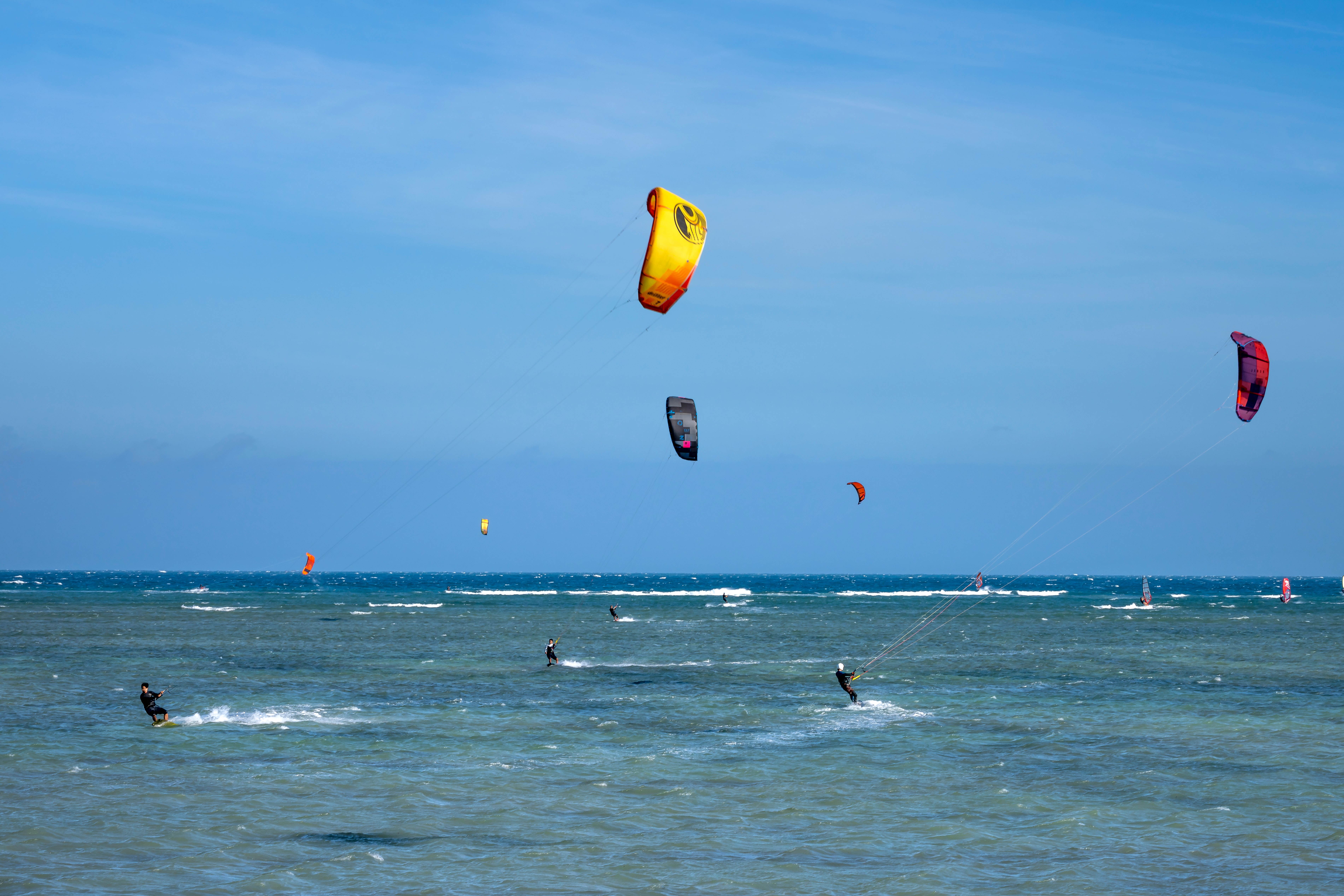
To give you a basic idea of the range of kite sizes available, most kiteboarding kites fall into one of these three categories:
- Large kite for lighter winds (14–18 m) — 3–7 m/s.
- Medium kite for medium winds (11–13 m) — 7–9 m/s.
- Small kite for higher winds (5–9 m) — 9–13 m/s.
The most generally utilized kite size in the world is 12 m². It's appropriate for kiteboarders of various levels and those with a medium weight limit. When considering what size kite to purchase, you should also consider your experience level.
For example, a beginner might want to start with a smaller kite (under 12m²) that is easier to control and offers less power. As you progress in your skills, you can then move up to larger kites for more wind conditions.
What are the Most Common Kiteboarding Kite Types?
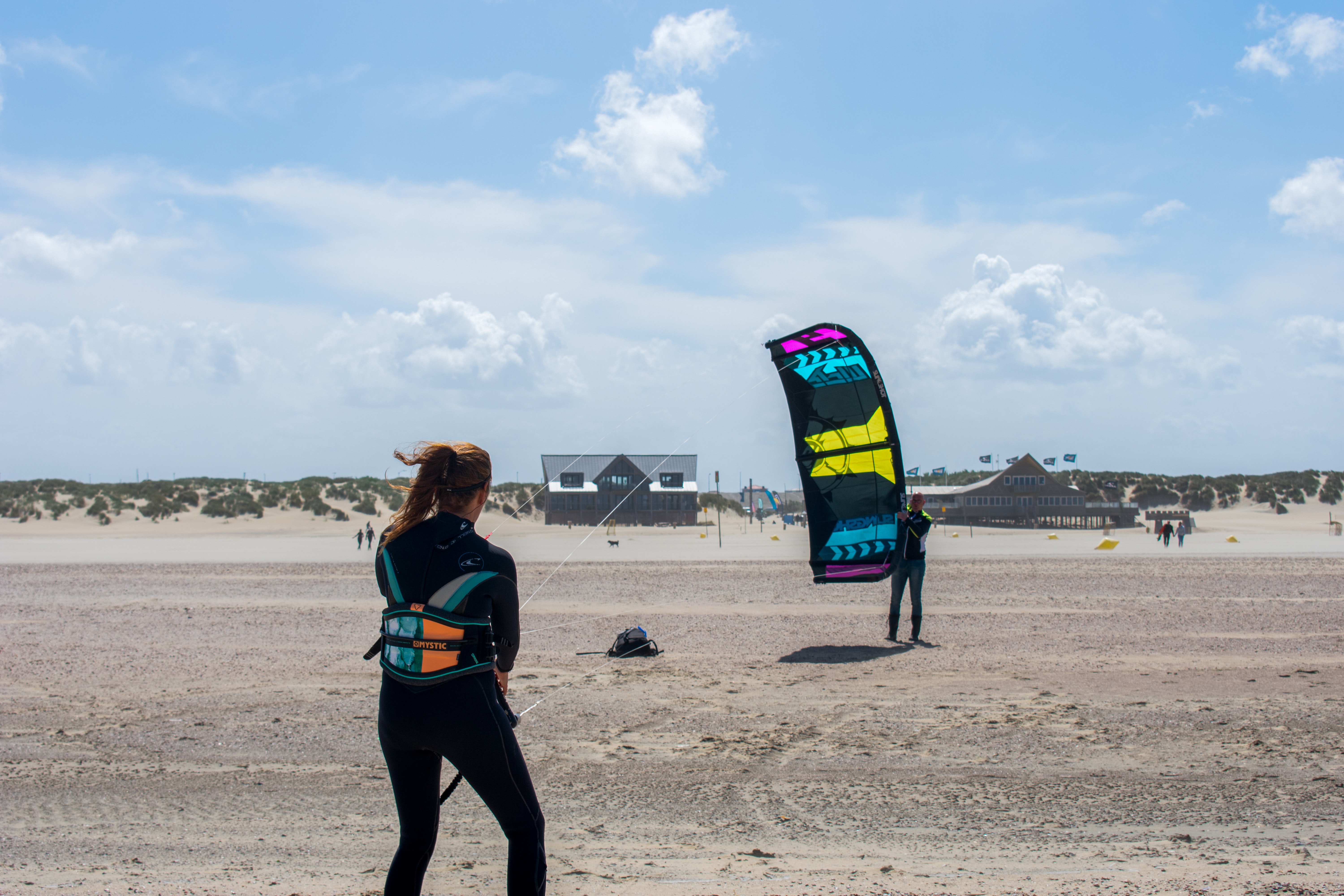
There are five main types of kites used in kiteboarding:
Foil Kite
A typical foil kite is constructed of open-celled material that breathes and inflates the kite. A beginner kite like this can't get into the sea, so it's commonly used as a training kite on the beach.
SLE Kite
A kite with bridles attached to its leading edge is a supported leading edge (SLE). Hybrid kites and bow kites are classified as SLE kites because they have bridles.
Bow Kite
The Bow Kite is a new concave kitesurfing kite that looks nearly flat after being sent into the sky.
It has a near 100 percent de-power and a wide wind range, among other features, and is sometimes referred to as a "flat kite."
C Kite
When launched, the device has rectangular corners and a C-shaped arc. The C kite is formed by the kite lines tied at the four corners of the kite.
Hybrid Kite
The hybrid kiteboarding kite combines the finest features of the C kite and the bow kite. There are several hybrid kite versions, some of which are pretty similar to their inspirational kites.
How to Choose the Right Kiteboard Size?
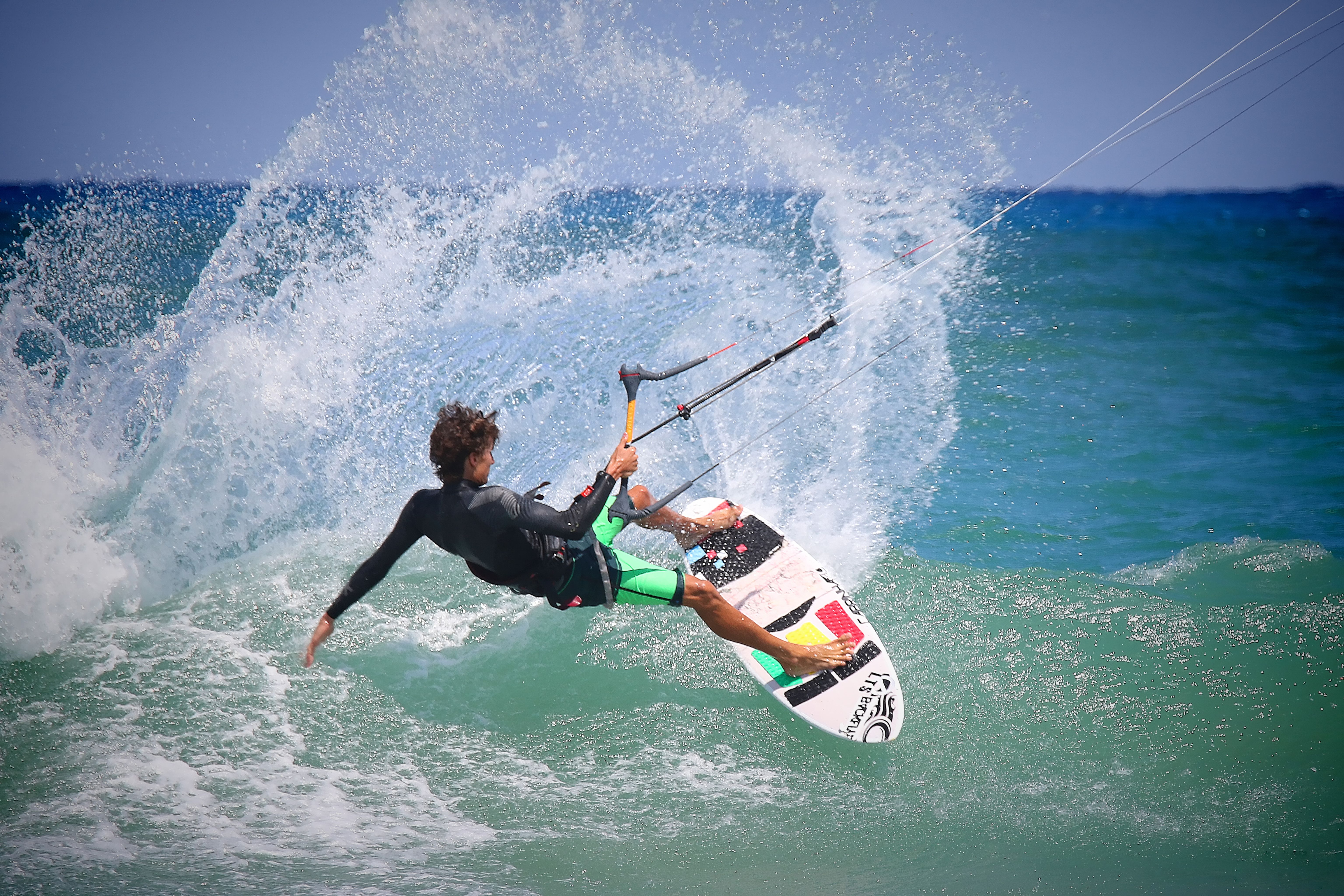
There are a few factors that you should consider when choosing the right kiteboard size. It's not as simple as just picking the biggest board you can find!
Here are some essential factors to consider:
Preferred Style of Riding
If you want to cruise, stay at a low altitude, and execute simple carving turns, stick with your current board size.
If your goal is to become a high-flying, fast-riding kiteboarder and you have the physical/mental abilities required to achieve these goals, shaving a few centimeters off your kiteboard length is okay.
Keep in mind that this will make early kiteboarding considerably more difficult, but once you've mastered the fundamentals, the board will feel more natural beneath your feet.
Average Wind Strength
The second component would be the average wind strength at the kiteboarding site where you plan to spend most of your time.
If the wind is light most of the time, a bigger board than your weight category makes sense.
You'll be able to stay afloat for longer with a bigger board, and it will make wind lulls less aggravating.
Alternatively, areas where wind velocities are higher will allow you to ride a smaller board in your size group.
Size and Weight of Kiteboarder
Before walking into a kite shop, keep your height and weight at the ready. Smaller and lighter people (less than 150 lbs) should consider purchasing kiteboarding boards in the 136cm - 148cm size range.
Medium-sized individuals (150-200 lbs) must have a board surface of 145 to 160cm.
And heavy riders (>200 lbs) would be looking at an average of 150cm – 165cm as a starting size kiteboard.
If you're a heavier rider (more than 200 lbs), expect an average of 150cm to 165cm as a starting size kiteboard.
Is There a Kiteboard Size Chart to Follow?
Thankfully, a kiteboard size chart will help you find the right board for your weight and height.
Keep in mind that this is only a general guideline, as different riders prefer different board sizes. It also doesn't take the rider's skill level into account.
You can pick your kite and the size of the twin-type board from the table[1] below, depending on your weight and the average wind speed in the area.
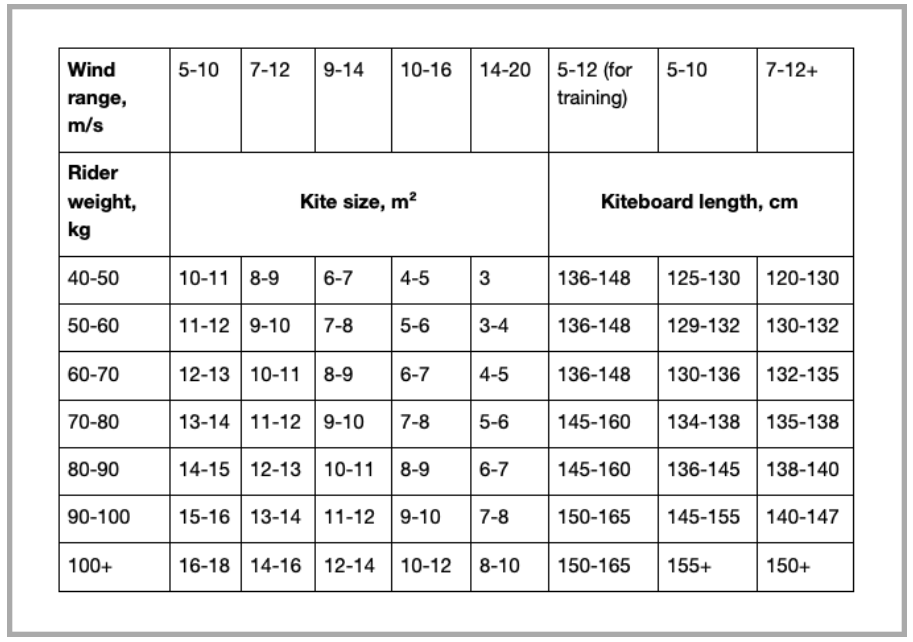
Conclusion
Now that you have a general understanding of the different types of kites and kiteboard sizes, it's time to visit your local shop and ask questions.
When you're ready to buy a board, don't be afraid to speak with the salesperson about your weight and height. They should be able to help you find the right kiteboard size for your individual riding style.
Good luck and happy kiteboarding!

